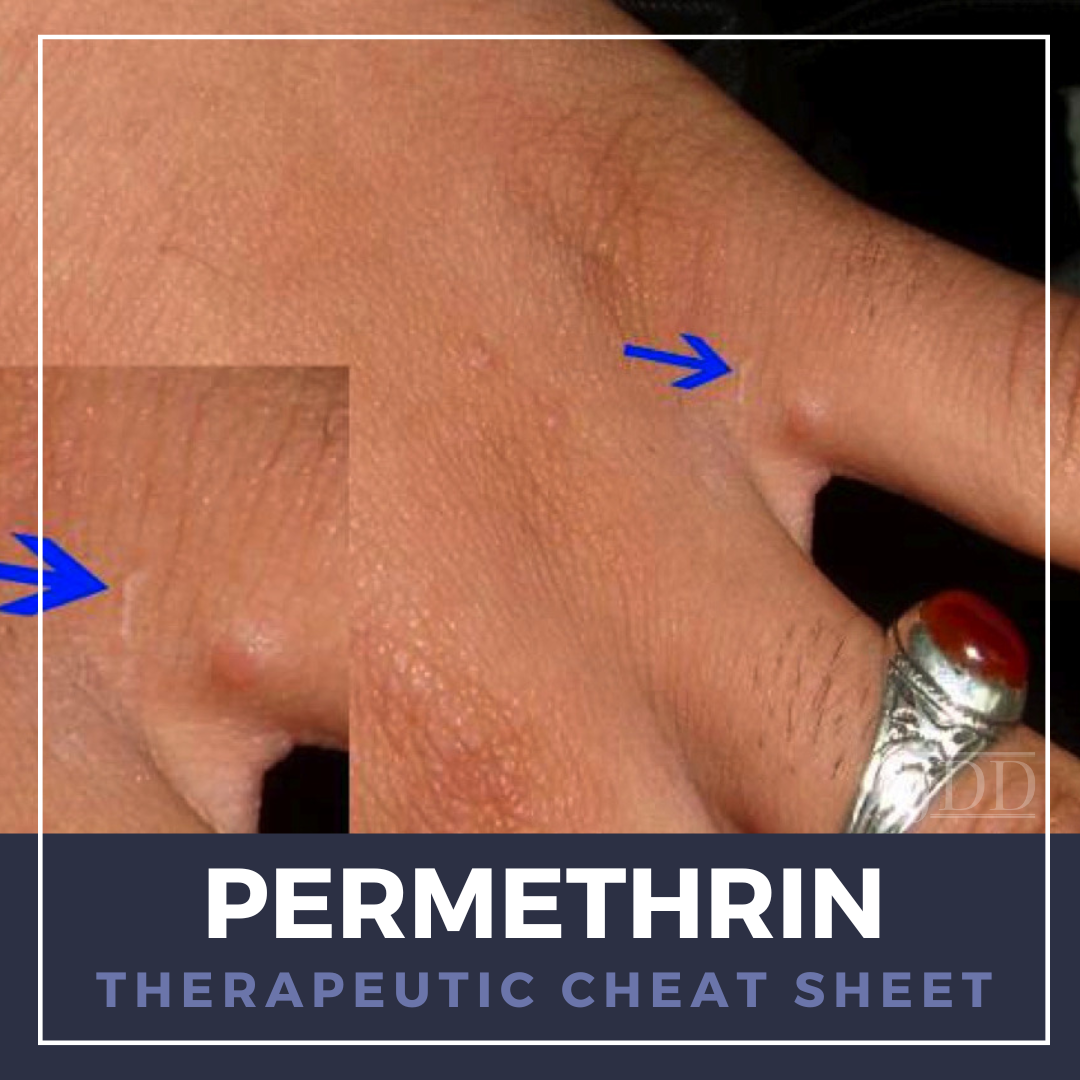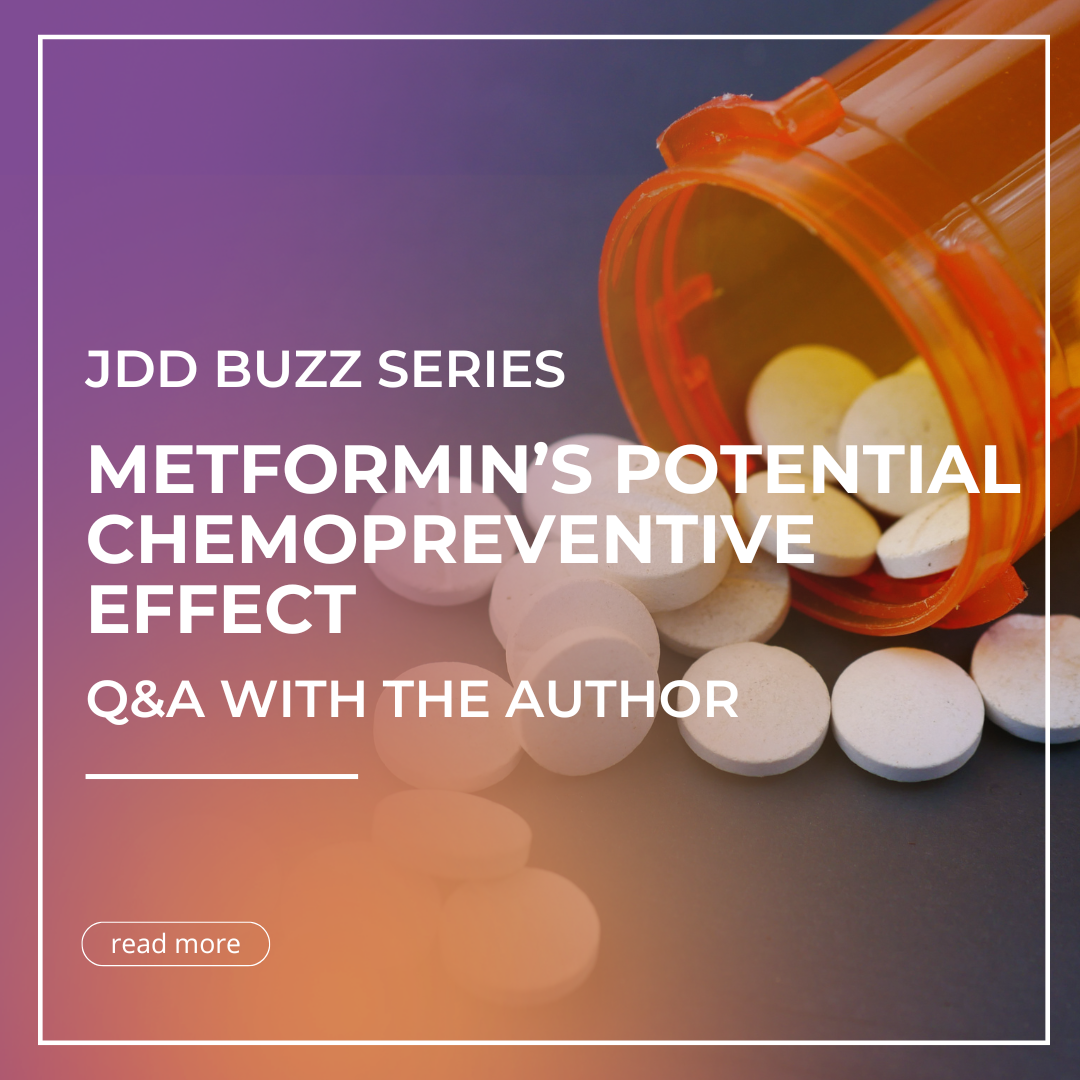Innovative Approaches to Melasma Treatment in Skin of Color
 As dermatologists, we recognize that melasma is a persistent and often challenging condition that can deeply affect our patients' self-esteem, particularly in those with skin of color, who may face additional diagnostic and therapeutic complexities. Effectively managing this condition requires a nuanced approach, and we are fortunate to have experts like Dr. Seemal Desai, president of the AAD, fou …
As dermatologists, we recognize that melasma is a persistent and often challenging condition that can deeply affect our patients' self-esteem, particularly in those with skin of color, who may face additional diagnostic and therapeutic complexities. Effectively managing this condition requires a nuanced approach, and we are fortunate to have experts like Dr. Seemal Desai, president of the AAD, fou …
 As dermatologists, we recognize that melasma is a persistent and often challenging condition that can deeply affect our patients' self-esteem, particularly in those with skin of color, who may face additional diagnostic and therapeutic complexities. Effectively managing this condition requires a nuanced approach, and we are fortunate to have experts like Dr. Seemal Desai, president of the AAD, fou …
As dermatologists, we recognize that melasma is a persistent and often challenging condition that can deeply affect our patients' self-esteem, particularly in those with skin of color, who may face additional diagnostic and therapeutic complexities. Effectively managing this condition requires a nuanced approach, and we are fortunate to have experts like Dr. Seemal Desai, president of the AAD, fou … Continue reading "Innovative Approaches to Melasma Treatment in Skin of Color"


 HealthDay recently wrote an article, which was picked up by several news outlets, about a recent study on the association of ultraprocessed foods and psoriasis. Researchers found an association between high intake of ultraprocessed foods and active status of psoriasis. What is the overall link between diet and psoriasis? What mechanisms in psoriasis are impacted by dietary factors?
For an expe …
HealthDay recently wrote an article, which was picked up by several news outlets, about a recent study on the association of ultraprocessed foods and psoriasis. Researchers found an association between high intake of ultraprocessed foods and active status of psoriasis. What is the overall link between diet and psoriasis? What mechanisms in psoriasis are impacted by dietary factors?
For an expe …  A 35 y/o female is found to have mismatch repair protein mutations and this finding. Which of the following is the next best step?
A. Check BUN/Cr
B. Check TSH/T4
C. Positron emission tomography
D. Urinary cytology
E. CT Head
To find out the correct answer and read the explanation, click here.
Brought to you by our brand partner
…
A 35 y/o female is found to have mismatch repair protein mutations and this finding. Which of the following is the next best step?
A. Check BUN/Cr
B. Check TSH/T4
C. Positron emission tomography
D. Urinary cytology
E. CT Head
To find out the correct answer and read the explanation, click here.
Brought to you by our brand partner
…  Permethrin is a synthetic neurotoxic pyrethroid derived from chrysanthemums with significant dermatologic value for its powerful insecticide properties when used topically. We continue our series, Therapeutic Cheat Sheet, with a closer look at permethrin, which is FDA-approved for the treatment of scabies and pediculosis capitis infestations.
Permethrin Therapeutic Cheat Sheet
Compiled by: Dillo …
Permethrin is a synthetic neurotoxic pyrethroid derived from chrysanthemums with significant dermatologic value for its powerful insecticide properties when used topically. We continue our series, Therapeutic Cheat Sheet, with a closer look at permethrin, which is FDA-approved for the treatment of scabies and pediculosis capitis infestations.
Permethrin Therapeutic Cheat Sheet
Compiled by: Dillo …  A commonly used diabetes medication may help prevent non-melanoma skin cancer. A study in the December Journal of Drugs in Dermatology analyzed whether metformin exposure is associated with a reduced risk of non-melanoma skin cancer. The study also stratified findings by race/ethnicity, which makes it unique among similar research studies.
I interviewed author Tiffany Jow Libby, MD, FAAD, FACMS …
A commonly used diabetes medication may help prevent non-melanoma skin cancer. A study in the December Journal of Drugs in Dermatology analyzed whether metformin exposure is associated with a reduced risk of non-melanoma skin cancer. The study also stratified findings by race/ethnicity, which makes it unique among similar research studies.
I interviewed author Tiffany Jow Libby, MD, FAAD, FACMS …